Puerto Rico, Alaska, Costa Rica, Nepal, Hawaii—these places have more in common than stunning scenery and exotic postal codes: They’re recognized as possessing some of the most spectacular ziplines around the globe.
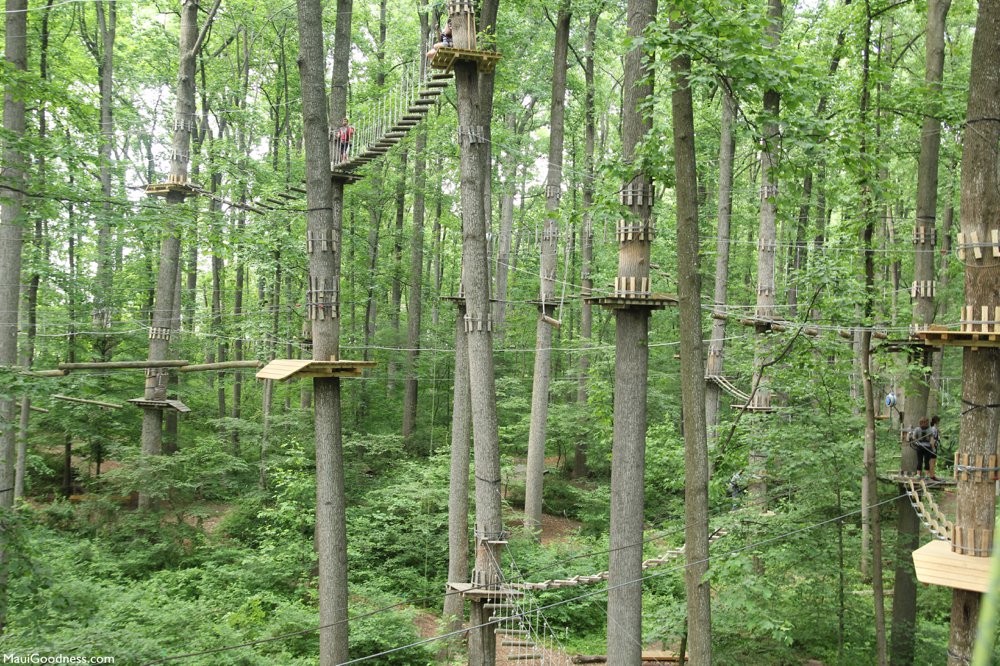
A form of adventure that uses gravity to propel people across cables and over landscapes ranging from lush rainforests to the Great Wall of China (and most at speeds that increase the steadiest of pulses), ziplines were once used for purely practical purposes: to permit people and livestock to traverse remote, often hazardous terrains. Though the original equipment was rudimentary—homemade harnesses and natural ropes—it permitted cigarettes and military gear to cross the Australian Outback and served as bridges in the Nujiang Valley of China. In the 17th century, steeplejacks in England used ziplines to descend to the ground after a long day on a chimney or church spire, while the 1900s saw ziplines in the guise of the Tyrolean traverse, a method of crossing high points used in mountain rescues and rock climbing.
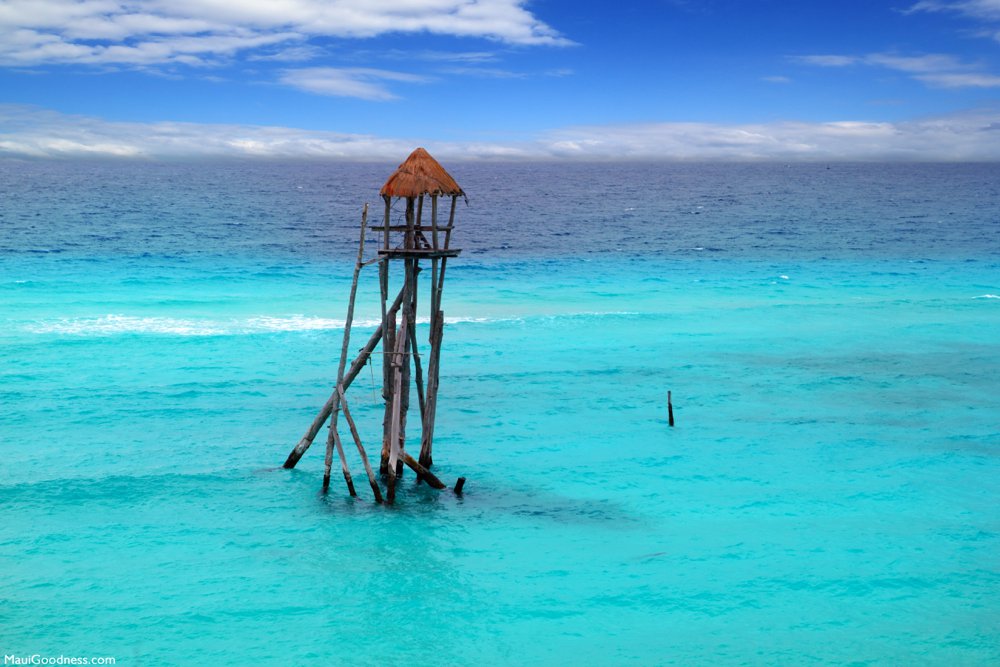
But what was once utilitarian gained significance in 1979. That was the year Donald Perry—an American biologist known as “Monkey Man”—took 1,200 feet of polyester rope and connected them to three trees in the apex of a Costa Rican forest, where the graduate student was actively studying primates. (It was a far cry from five years earlier, when he climbed his first Costa Rican tree by wielding a crossbow to shoot a rope into the limbs of a 120-foot espavel—and then using mountaineering gear to reach its top.)
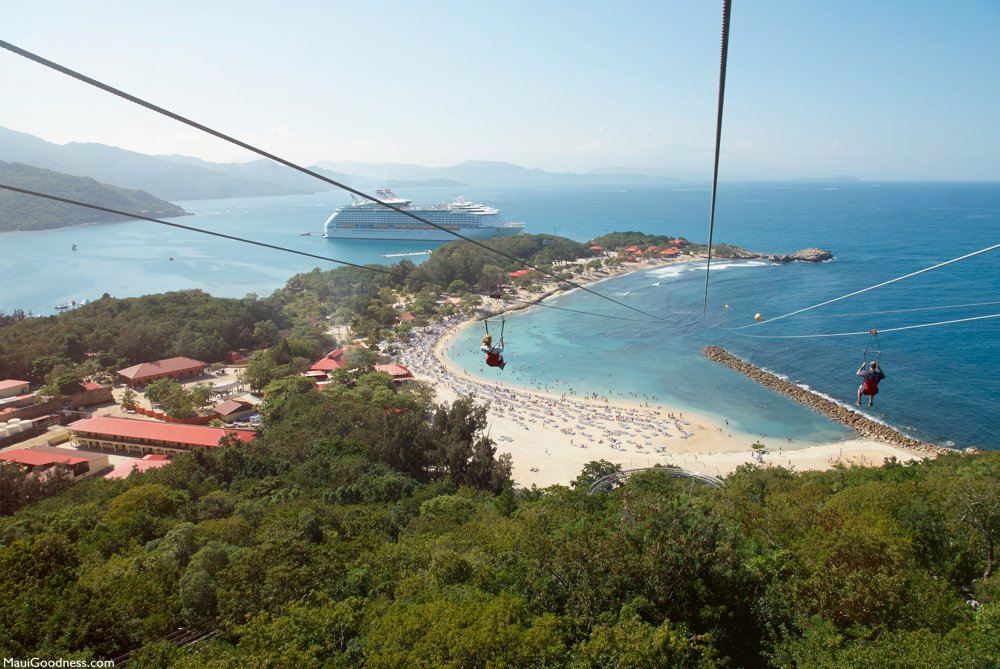
Perry’s reconstructed invention proved fortuitous, allowing him to examine what he called “the main level” of a rainforest: the canopy itself, which he described in his book Life Above the Jungle Floor as holding “the most complex communities of life that have ever existed on this planet” (and, to note, 40% of the world’s wildlife).
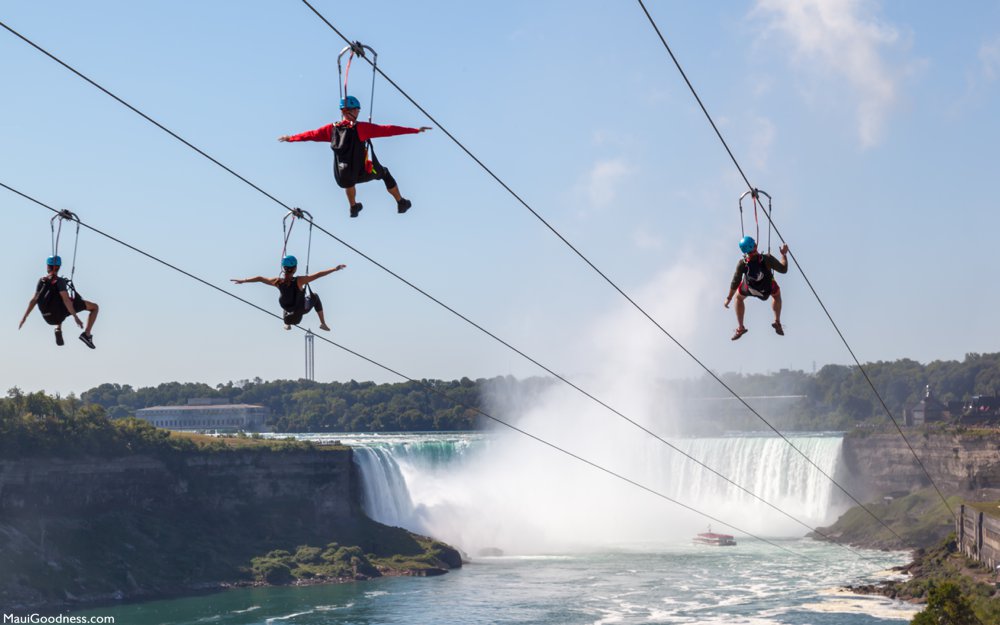
It wasn’t just Scientific American, Smithsonian Magazine, and the director of Sean Connery’s Medicine Man that took note: It also caught the eye of Darren Hreniuk, a controversial Canadian entrepreneur who went on to open the Original Canopy Tour in Monteverde in 1997—the first zipline canopy tour available to the public.
Following a spate of legal battles in regards to infringement, the technology Perry conceived entered the public domain, thereby paving the way for the construction of commercial ziplines around the planet and driving its fate to what it is today: One of the most popular forms of eco-tourism in the world, with places like Maui’s Skyline Eco-Adventures (which has 2 Maui zipline locations on Maui, Ka’anapali and along the slopes of Haleakala, as well as zipline tours on Kauai and the Big Island) and others, like Puerto Rico’s Toro Verde Nature Adventure Park (which offers the world’s longest zipline, at a staggering 8,300 feet long), becoming destinations in themselves. To date, the U.S. has 400 ziplines with more on the way, while, according to Outside, “there are dozens in Costa Rica alone, and hundreds, if not thousands, strung up in tropical destinations around the world.” From upscale resorts and cruise lines to backyards and secluded East Asian jungles, they allow intrepid spirits to experience what Perry did in the 70s: “I watched the platform recede and felt a sense of ecstatic joy as I glided past branch tips, where only the lightest of jungle animals could venture, and into the airways of butterflies and birds.”
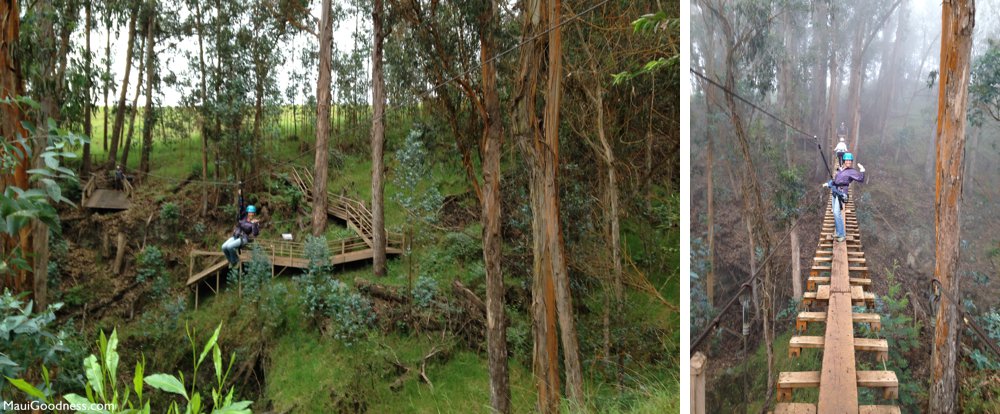
Speaking of butterflies and birds: The “eco” aspect of ziplining is a large draw for many adventurers. While zip-lining is considered one of the smoothest and least terrifying points of entry into extreme sports (such as bungee jumping and windsurfing), many ziplines are marketed not just for the thrills they offer but also explicitly as tours, in that they allow guests to view environments that would otherwise be inaccessible and to learn something about wildlife, geology, and history while they’re at it. Moreover, ziplines prevent people from trampling through fragile ecosystems without—or little—damage.
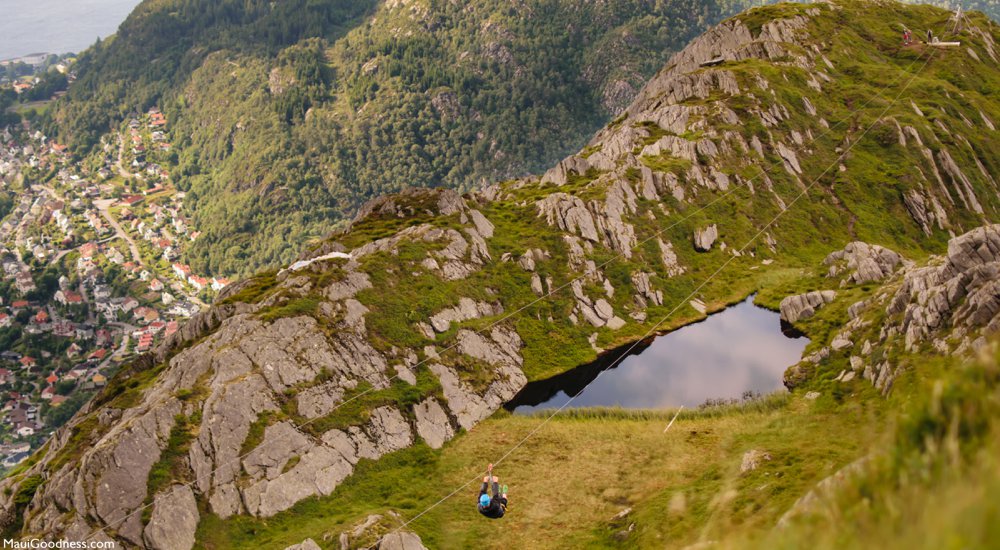
To those new to the sport, it’s a comfort to know that modern zip lining functions through precise, sophisticated engineering and with equipment that’s far from elementary (think: galvanized wire rope with tremendous breaking strengths and state-of-the-art rigging systems). At reputable spots, they’re helmed by meticulously-trained guides for whom safety is paramount. And no matter where you are on the spectrum of adventure sports—from newbie to pro—the diversity of zipline tours allows one to choose between everything from mild rides to adrenaline rushes that force one well outside of their comfort zone (like Slovenia’s Letalnica bratov Gorisek, which features a 663-foot vertical drop).
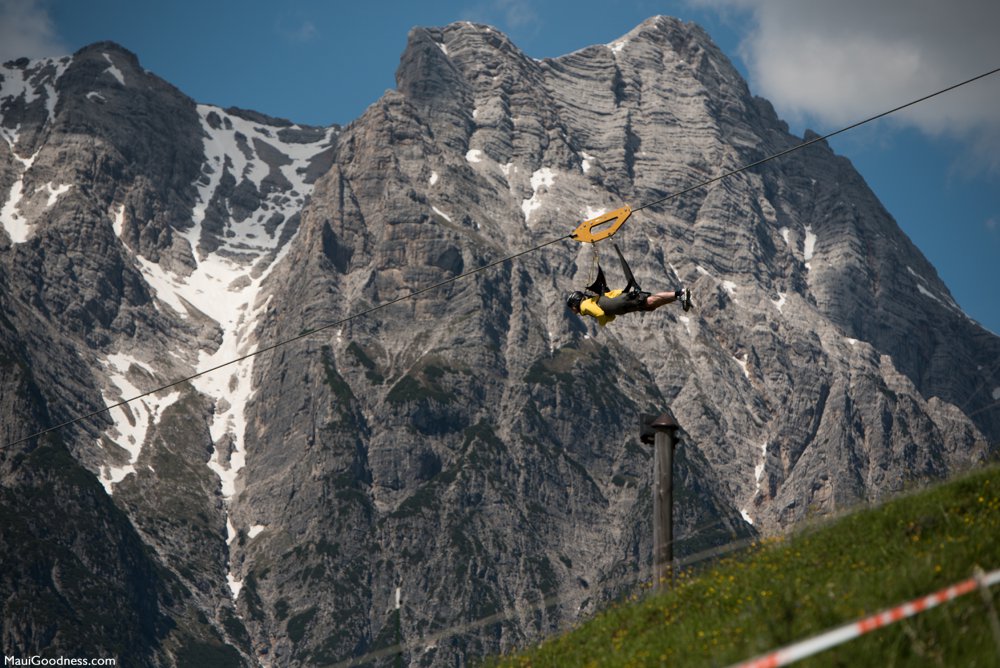
As for Hawaii being a leading destination for ziplining enthusiasts? It’s a no-brainer: For many, there’s no better combination than speed, height, exhilaration—and the islands’ breathtaking, copious beauty. Offering a bird’s eye of the Aloha State’s pristine gems—from the dense greenery of Maui’s Waikapu Valley to the misty mountaintops of the Big Island’s Akaka Falls—the sport inspires awe and excitement, much like the islands’ themselves.
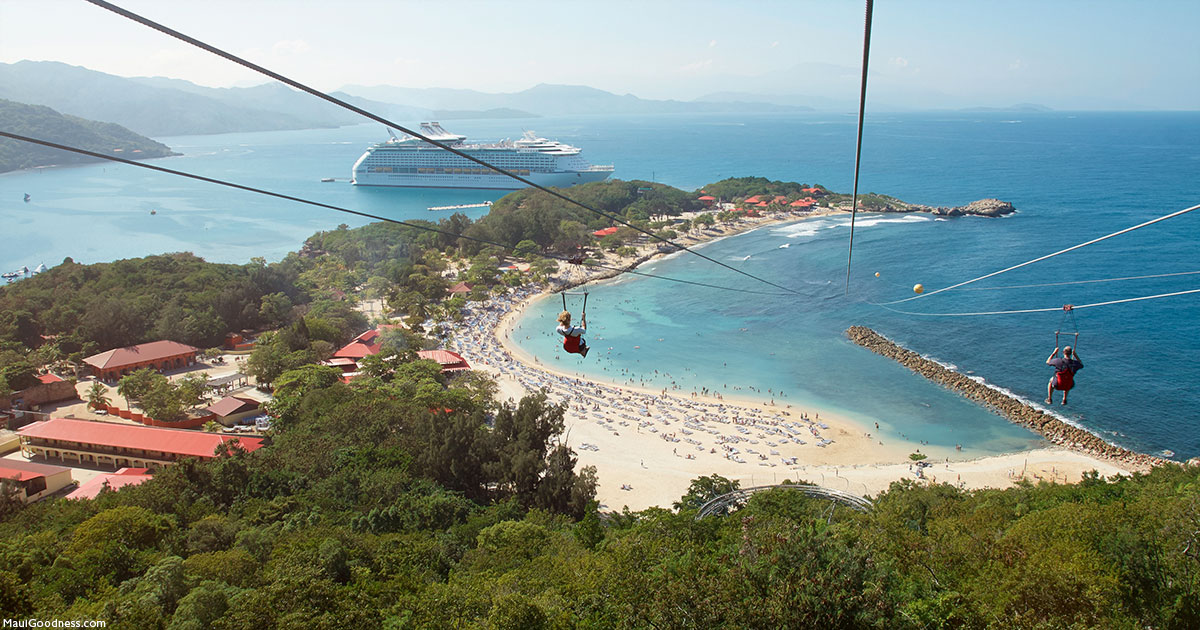

Wow, I had no idea that the history of ziplines go as far back as before the 17th century as you said. My husband and I want to have an adventurous vacation, so we’re considering signing up to go on a zipline in Maui here this coming summer. I never would have thought that it could be used somewhere like the Australian Outback as you said, though, what with it being more open desert as far as I’m aware.
Ziplining is the most amazing adventure in Hawaii. There’s beautiful sites and waterfalls, beaches, and greenery that zipping through all of that under the clear blue sky makes the trip worth the while.